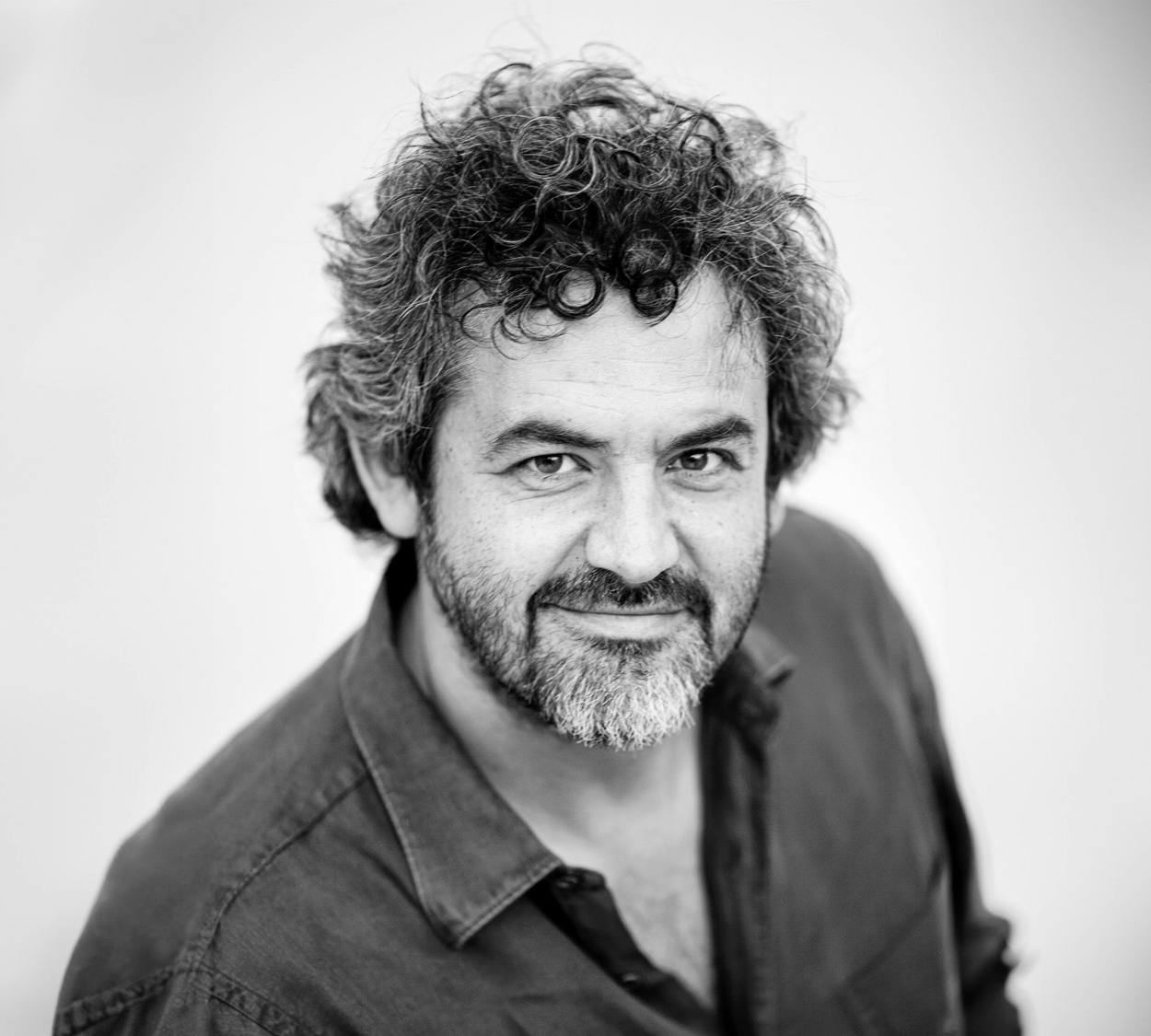on the wings of extraordinary happyness
Writer Edoardo Nesi condenses sixty years of memories and vacations spent in Forte into a valuable volume that Assouline dedicates to the Pearl of Versilia. We interviewed him
Interview by Silvia M.C. Senette - Photographs Alessandro Moggi
“Forte dei Marmi has always been a place etched in my soul: I have encapsulated it in my deep-rooted memories accompanied by exquisite photographs in a publication of the utmost caliber.” Edoardo Nesi – a writer from Prato, Strega Prize winner for “Storia della mia gente” and translator of David Foster Wallace’s masterpiece “Infinite Jest” – has distilled nearly sixty years of regular visits to Forte into the collector’s book that Assouline dedicates to the queen of Versilia. “Forte dei Marmi weaves an incredible connection with the past of anyone who frequents it, even for a brief moment,” he reveals. Entire areas are frozen in time, exactly as they were when I was fourteen. The outstanding magic of this place lies in the roads you travel by bike or Vespa motor scooter, which have remained unaltered, decade after decade. This amaranthine background uncovers the dynamism of your life; everything changes around you, except Forte dei Marmi.
Its distinctive features encompass the relaxed lifestyle of residents and vacationers. “Grand festivities or entertainment are not the aim of travelers who come to Forte, and it’s ironic, considering it’s one of the most exclusive destinations in Italy,” ponders Nesi. “Life is minimal, simple: it unfolds around houses, a few luxury hotels, and vacationers stay longer, absorbing the habits of town dwellers.”
For Edoardo Nesi, the town’s throbbing heart has always been the beach. “As a child, in the early Seventies, I would spend my days there, playing soccer until eight o’clock in the evening, my hair shaved to nothing because I was always in the water,” he reminisces. “The beach here is unlike any other: very long, with fine golden sand. At some point, surfing made its way here thanks to the movie “Big Wednesday”: in Versilia, boards began to be produced, and under the Pontile, we used to jump in to catch the waves. The American dream became a reality.”
Over the years, the beach has maintained its centrality. “I go in the morning when there’s nobody around and stay there until late without doing anything in particular,” he confesses. “I let myself be beguiled by delicious dinners and walks, and sometimes I dare to reach the Apuan Alps. I ride my bike, and I can think. Forte dei Marmi gives you time to spend on your own.”
Nesi’s memories span from summers at the Capannina (“where we used to have fun even if we didn’t have a penny and everything was the tops: modern music, gorgeous girls, the most desirable cars in the world”) to the new global image (“with the arrival of very wealthy patrons came the exclusive boutiques”), from distinguished guests (“D’Annunzio on horseback at the beach and Thomas Mann vacationing here”) to the most cherished glimpses (“Orlando, the Valè Piazzetta, the ponies and market square, where you could find highend cashmere and the finest linen”).
A “place of memory” of great allure where “winter is blessed, and summer milder.” “In writing, I discovered a great tenderness tied to memories,” the writer admits. “I used to spend summers here with my parents, who have passed away: looking around, I see them again on their bicycles, Alvarado and Paola, dressed in white on the wings of extraordinary happiness made of simple things. Forte possesses a unique magic; all you need is your eyes to see it.”
